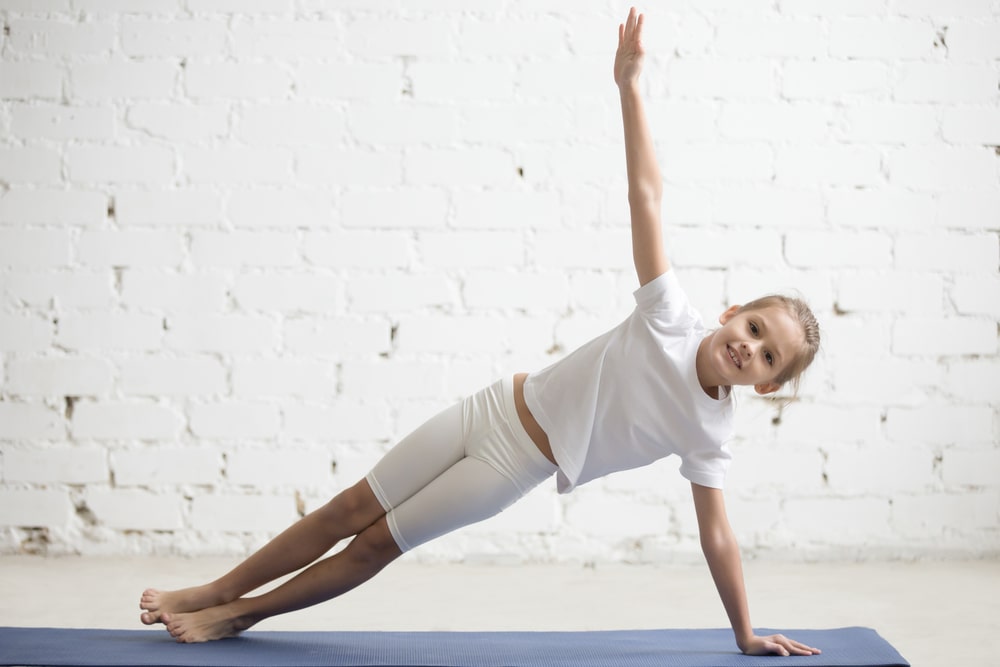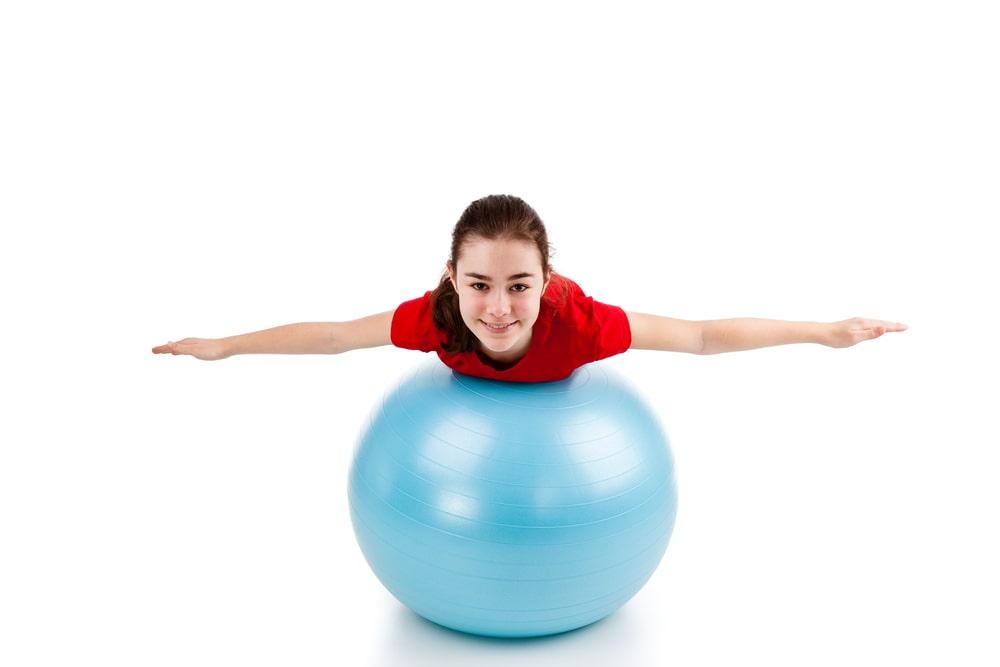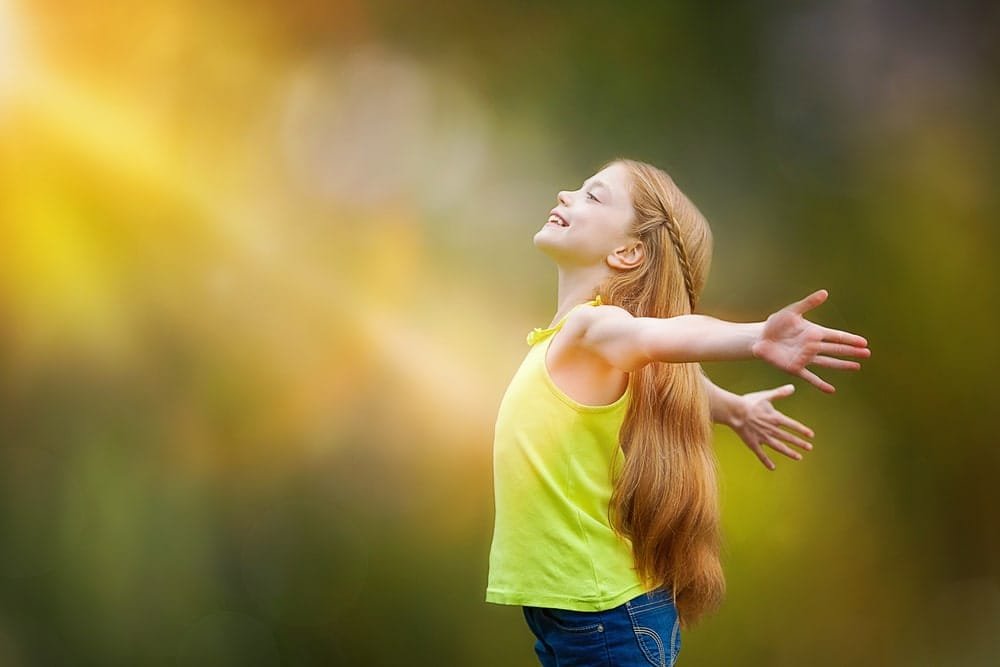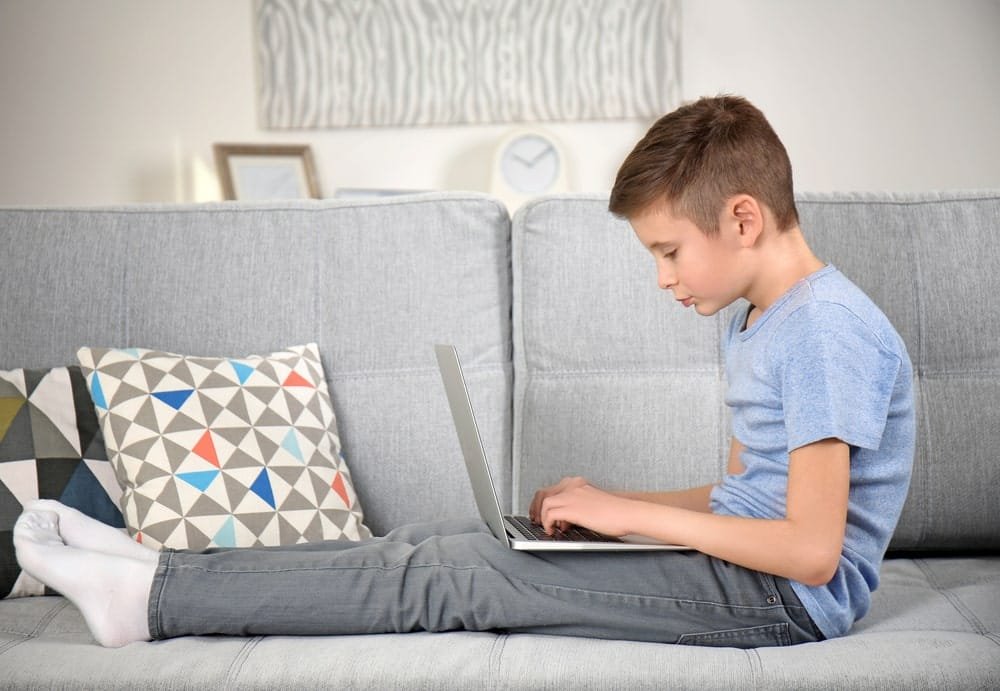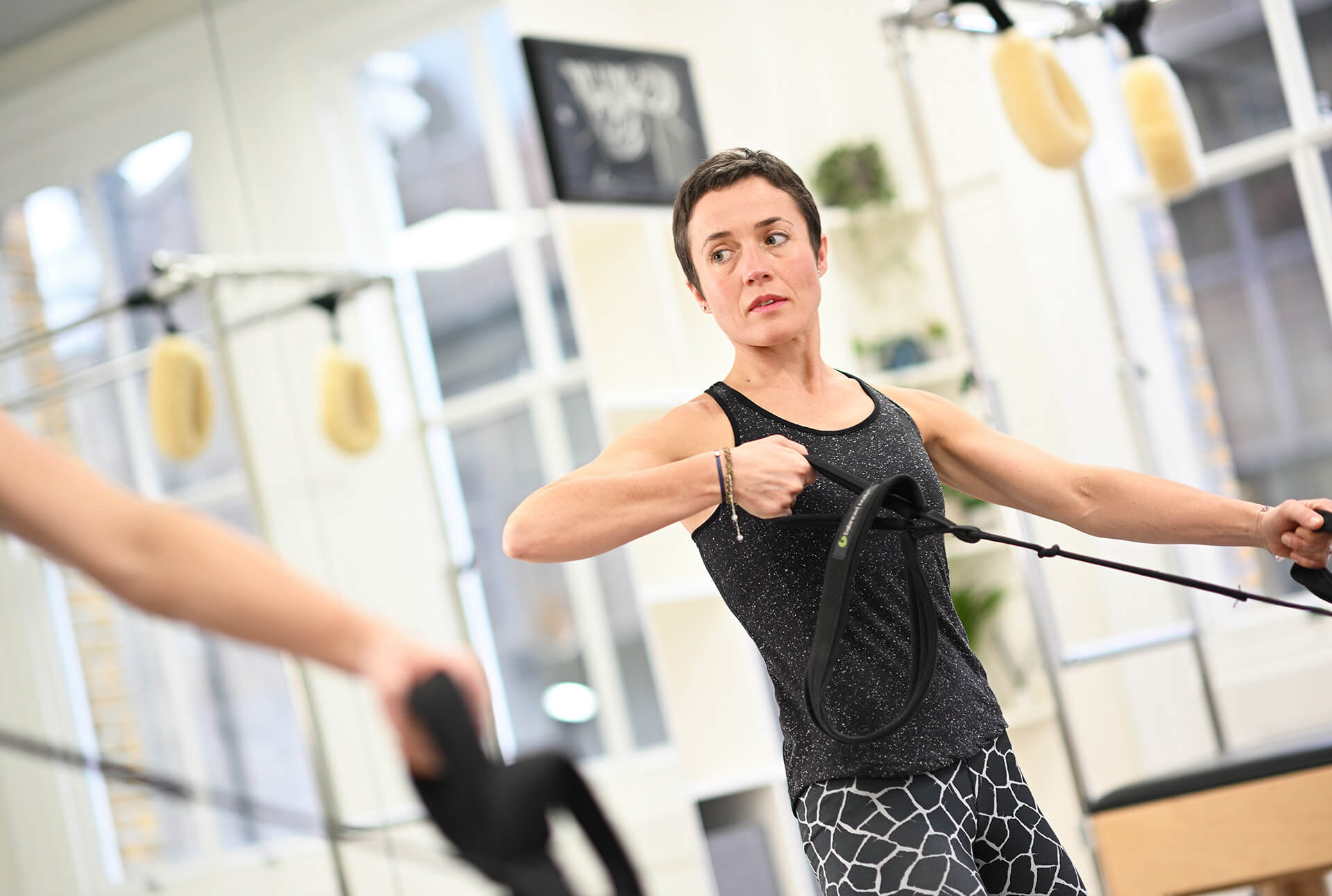Have you thought about Pilates for your children?
When Joseph Pilates developed his exercise program, he envisaged that it would be taught to children from a young age to foster good movement habits. He wanted to see Pilates for children taught in educational centres so that healthy movement habits would be carried forwards into adult life.
Have your children been doing less exercise over the lockdown period? There is a trend towards children and young people doing less exercise with more time spent sitting and using tech. This has potentially been exacerbated by the lockdown due to covid19.
We would like you to consider Pilates as an alternative way for your children to keep moving and keep active and maybe it is something you can do together as a family.
Find out the benefits of Pilates for children and have a go at some simple exercises that you can do together with your children to get them started with Pilates!
What are the benefits of Pilates for children?
1. Good movement habits
We know as physiotherapists that prevention is better than cure when it comes to preventing aches and pains and injury. Exercise and movement in general have been proven to reduce the risk of musculoskeletal injury as well as reducing multiple medical conditions such as diabetes, heart disease and some cancers. This means that getting children moving and exercising can help their health throughout their life.
How we use our body dictates how it develops as we grow. For instance, if we do not use our spine to its full range of movement but spend a lot of time sitting still it will get stiffer. Our bodies are amazing at adapting to what we teach them to do. If we teach them to move by regularly exercising and taking our joints through their full range of movement, we are more likely to maintain the mobility of our joints as we age. The same goes for our muscles, we need to be using them to make them stronger or they will adapt to not being used.
Teaching children at a young age how to move with ease with good quality movement patterns will help through their childhood, teenage years, and adulthood to stay healthy. A body that is moving well and has good muscular activation and strength is less likely to have injuries.
Pilates for children is also a great way to support other activities. If you child is into a sport, Pilates is a perfect add-on to prevent injury and to help them excel in their sport. Elite athletes do a variety of training types to ensure they are keeping their body at peak performance. In addition, a variety of sports at a young age is often beneficial for keeping children in sport and performing well in their chosen sport as they age and specialise. Pilates gives that perfect addition of variety in their program.
2. Muscle strength
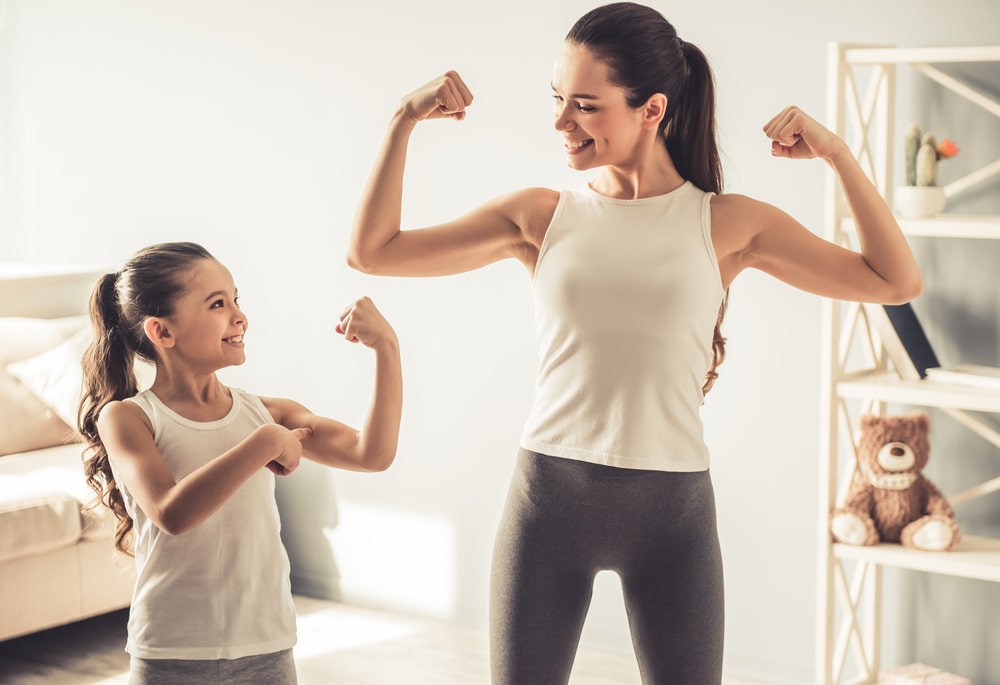
There is some debate about training strength in children and when is the best time to start resisted exercises. Pilates is a very safe way to get your children’s muscles working well, working with their body weight. The best way to ensure that children and teenagers are safe doing strength exercise is to teach the correct technique and form.
Pilates is a great way of teaching our children to move well through common strength training moves such as squat, dead lift and lunge without adding too much resistance. It gets their muscles working to coordinate their arms and legs with their trunk. We focus on the quality of movement so that they learn the patterns they need for life and sport. This will give them a great base if they do go into working with weights as they get older. They will then be able to add weight and resistance as they get older in a safe way that will benefit them and not put them at risk of injury.
Having good muscular awareness and strength supports children’s bodies as they develop. Muscle strength will also help to reduce overload of the joints or tendons during their normal everyday activities and sports. This in turn will reduce the risk of injury. Many of the injuries we see in the physio clinic are due to overload, usually from doing too much or increasing activity too quickly without the strength to cope. If the muscles are stronger then the body’s tolerance to loading increases so you are less likely to see injuries.
3. Balance and coordination
Try getting your child to do a superman exercise and you might be surprised to find you are more stable than they are!
This is often one of the main areas of difficulty for children as they develop, and their body is growing. Having awareness of where your body is in space is what we need to maintain balance and coordinate our movement. As children grow their bones are getting longer and the soft tissues are having to adapt and grow in response. With constant changes or particularly sudden growth spurts it can cause poor coordination and difficulty balancing. We even see children who could previously perform an activity very well and with control, struggle with it as they grow purely because their body is in a different position and they must re-learn the coordination.
Having better coordination will also affect their agility and performance in sports. If they do a sport where they must move quickly and change direction, they will need good balance to do this as well as speed. There are more obvious activities and sports such as gymnastics and dance where balance and coordination are vital. Specific training for this is often not included in their training so Pilates for children can help.
The balance and coordination combined with strength help to give the increased body awareness. This will enable them to cope with the growth spurts and keep good control of their muscles and joints.
4. Body confidence
Moving well and exercising contributes to body confidence. It puts the emphasis on what your body can do rather than what your body looks like. This is important even from a young age with both girls and boys. Research shows that moderate exercise, which places the focus on enjoying and mastering the body, rather than appearance and weight is an important step to improving body image.
All the factors above combined – strength, balance, and coordination – can help to increase body confidence. It can help children and teenagers to feel comfortable within their body and comfortable with what it can achieve. This also ties in with growth spurts and hormonal changes. As children grow, they will naturally go through different phases which are normal and healthy but may mean a time of weight gain. If they can keep active and feeling good about what their body can do at this time, they are less likely to be worried about what they look like. It is known that there is a large percentage of girls who drop out of sports in their early teens which is linked to awareness of their body ad wat they look like. Pilates may be an accessible way for them to stay active and moving without it being linked to a pressurised activity or sport.
For those children who are not so sporty or are yet to find a sport or activity they enjoy Pilates can be a great way of getting their body moving without the competition. It is about how we move rather than whether we win.
This is something we can support our children with. Children whose parents are active are 5.8 times more likely to be active than those with inactive parents. Exercising ourselves and being active with our kids models healthy behaviours that will take through into adulthood.
5. Managing stress and mindfulness
Pilates is often described as a mind-body exercise. One of our main principles is concentration, you must take your focus to your body and its movement to practice Pilates. It brings your awareness into your body, concentrating on how its moving and how you are achieving the movement. This is a great opportunity for active mindfulness. It gives the opportunity to take the focus away from outside stresses and back into your body. This can be very calming and bring your focus into the moment. It gives children time out from other stresses and time to concentrate on themselves and feel confident about how they are moving.
Exercising in this way can reduce anxiety and stress. In a time when anxiety and stress appear to be rising in younger people this can only be a good thing! Exercise promotes the neurotransmitters in the brain that elevate mood and sooth emotions. It also helps by sending out natural chemicals from the brain called endorphins which are natural painkillers, aid sleep and alleviate stress. Even just five minutes of exercise can start to have these stress relieving results. The great thing about Pilates for children is that it can be done anywhere with no equipment so is an easy solution for stress relief.
6. Posture
Wanting to improve your posture is a common reason you might start doing Pilates. We often hear in the studio that our clients want to improve their posture or feel that they spend a lot of time in ‘bad’ posture. There is no ‘bad’ posture, your body just needs to move regularly and change position regularly.
We also often hear parents talking about their children’s posture particularly whilst using a screen, be it the laptop, tablet, or games console. During the pandemic one of the many challenges for parents has been how to limit the amount of screen time. For a lot of us the pandemic has meant a lot more sitting and screen time, this can have a knock-on effect on our posture. Prolonged poor posture can cause stiffness in the spine which can contribute to back and neck ache or headaches.
For you to be able to maintain the natural curves of your spine in sitting, standing, or moving you need both good movement and muscle strength. As we have learnt above, Pilates for children is an excellent option for this. Pilates focuses on bringing the body into alignment so that you maintain the curves of your spine and optimise your muscle activation. This will reduce the risk of any longer-term changes in posture or stiffness in the spine and resulting pain.
5 Simple Pilates exercises for children
1. Bridge
Bridge is an excellent Pilates move to get the legs and spine moving together and coordinating. Once you have mastered the double leg bridge you can move on to the single leg bridge which is great for single leg weight bearing strength such as running!
- Lie on your back with your knees bent.
- Stand into your feet and lift the hips up.
- Focus on using the muscles at the back of the thigh and in your bottom to lift you up.
- Your body should come into a straight line from the knee to the shoulders with the pelvis sitting level.
Repeat x 10 double leg and then try x5 single leg each side.
2. Dead bug
Have you ever had to rescue a beetle that is stuck on its back?! That is what you have to imagine you are for this exercise!
Perfect to get your abdominal muscles working and getting coordination between the legs and the arms.
- Lie on your back
- Float your legs up to table-top position keeping your spine in line
- Float your arms up towards the ceiling
- As your left leg reaches away your right arm stretches back overhead, return to the centre and then repeat on the other side.
- The focus is on getting the arm and leg to move without the spine and pelvis moving
- Repeat x10 each side
3. Superman
This is a classic and often where you can spot problem with balance. You will be surprised how many kids struggle to lift the opposite and arm and leg off the floor and keep their balance with a neutral spine!
- Start on all fours
- Imagine the crown of your head reaching forwards and your tailbone reaching back so that your spine is long.
- Reach one arm and the opposite leg away from each other. See if you can reach them so that they lift in line with your body.
- Your spine should stay neutral with the movement coming from the shoulder and hip.
- Repeat on alternate sides x 20
- Can you keep your balance?!
4. Rolling like a ball
Exercise does not have to be boring! This is one of the fun exercises from the Pilates repertoire that kids always love. Without even realising it your are working on the mobility of your spine into flexion as well as your abdominal control and some balance.
- Sit tall with your knees bent and your hands resting on the front of your shins.
- Keep your chest lifted but allow your pelvis to roll under so that you are balancing on the back of your pelvis with your feet off the floor. Can you maintain this position?
- From here roll back through the smooth curve of your spine keeping the knees tucked.
- Roll back up keeping the spine flexed until you reach your balance position.
- See if you can come back up without the feet touching the floor at the top of the movement.
- Repeat x 10
5. Scooter
We love the scooter at Complete Pilates. It is one of the Pilates repertoire that brings all the mat work up into standing and relating to normal activity. This is a great challenge for the whole body, integrating movement between the upper and lower body and your trunk. It is also a great balance challenge!
- In standing, squat down a little by folding at the hips and sending your bottom backwards, keep the back straight.
- Take the weight over onto one leg so that the other is just touching the floor.
- Reach the non weight bearing leg backwards from the hip so that it reaches as far and as straight as you can.
- Fold the thigh back in line with the other leg again and then repeat on that same side x 10
- Repeat this on both sides.
- You can use the arms as well like a running action or keep your hands on your hips.
- There are lots of variations on this which you can try as well.
This is just a small selection of the Pilates repertoire for you to try but there are hundreds of exercise and modifications that will be perfect in a Pilates for children program.
Give these ones a go to get started and then get in touch if you would like to try a session with one of our instructors.
Are you interested in exercising at home with your kids?
Education is key:
These blogs are designed to give information to everyone, however, it is important to remember that everyone is different! If you have not seen one of our therapists and have any questions about injuries, what you have read or whether this may be useful to you, please just ask. We are more than happy to help anyone and point you in the right direction. Our biggest belief is that education is key. The more you understand about your injury, illness and movement, the more you are likely to improve.



